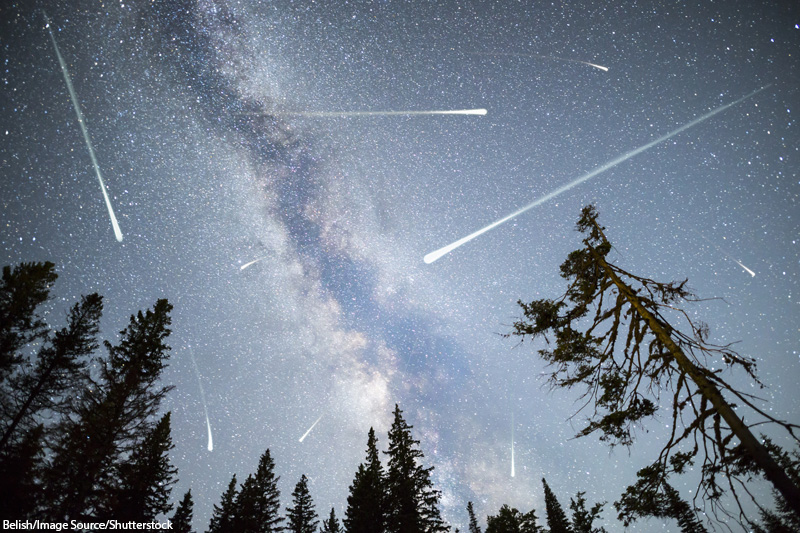
California School Vaccination Requirement
As schools start again across the United States, school districts are deciding how to keep students and staff safe during the surge of COVID-19 delta variant cases. While several districts across the country have mandated mask wearing, the state of California has taken precautions a step further. Beginning October 15, 2021, all faculty and staff members in the state’s public and private K-12 schools are required to be fully vaccinated against COVID-19. Those who choose not to receive the vaccine will be tested weekly for the virus.
The new California requirement will impact an estimated 320,000 public school teachers, 80,000 private school employees, and more than 250,000 support staff (such as aides and custodians). School volunteers will be required to follow the new rule as well. The two largest teachers’ unions in the state have voiced support for the policy. Dr. Anthony Fauci, the Director of the National Institute of Allergy and Infectious Diseases, voiced his support of mandatory vaccinations for teachers. An estimated 90 percent of the nation’s teachers are already fully vaccinated.
Dig Deeper As you return to school, what precautions is your school using?
Photojournalist Documents Muslim-American Athletes
Muslim-American women are making great strides in competitive sports. So, photographer Eman Mohammed, who is herself a Muslim-American, decided to focus on some of these athletes. Mohammed embarked on a long-term photography project featuring portraits of Muslim-American women athletes, documenting their efforts and achievements.
Athletes featured in the project include Subreen Dari, a 33-year-old Palestinian-American weightlifter from Ohio who is a mother of two. Dari is a nursing student who is training for the 2024 Olympics. The project also focuses on Aprar Hassan, a 19-year-old Egyptian-American Karate athlete with a third-degree black belt. Hassan nearly faced disqualification in the past for wearing a hijab, or head covering. Mohammed also photographed Sara Yogi, a 23-year-old Nepali American skateboarder who is also a college student.
Eman Mohammed was born in Saudi Arabia and came to the United States as a refugee from Palestine. She lives in Washington, D.C, where she works as a photojournalist. In addition to her recent photographs of Muslim-American athletes, she has also photographed the Israeli-Palestinian conflict and the Black Lives Matter movement.
Dig Deeper You can view a selection of Mohammed’s work at her portfolio website. Choose an image that you think is particularly powerful. Then write a paragraph describing the image, as well as why you chose it. In your opinion, why is this image meaningful or important?
Perseid Meteor Shower Returns
Have you ever wished on a shooting star? “Shooting stars” are actually meteorites. When you see a lot of them at once, this is called a meteor shower. Meteor showers happen when the Earth passes through a trail of debris left by a comet or asteroid. Many meteor showers occur year after year, because with each lap around the sun, comets eject this debris. About thirty of these annual showers are visible to the naked eye, and some of them have been happening every year for a century or more.
This month, you can see one of the most famous annual meteor showers, which lasts from now until August 24. It is called the Perseid meteor shower. This one is unique for a lot of reasons. First, it’s one of the oldest annual showers. It was first observed about two thousand years ago. Second, it’s one of the easiest and most rewarding to see. At its peak, you may catch a glimpse of up to one hundred meteors per hour. And third, the Perseid meteor shower is known for producing more fireballs than any other. (A fireball is a meteor as bright as a planet’s reflected sunlight.) Comet Swift-Tuttle, which has an exceptionally large nucleus of about 26 km in diameter creates the debris field that generates the Perseid shower.
So if you want to watch the Perseid meteor shower, what’s the best way to do it? Start by finding a dark place that doesn’t have a lot of light pollution. Resist the urge to look at your phone, so that your eyes adjust better to the darkness. Try to go out late at night, or very early in the morning. You can use the Internet to help you locate the best viewing spots and to help you calculate when and where the most meteors will be visible.

